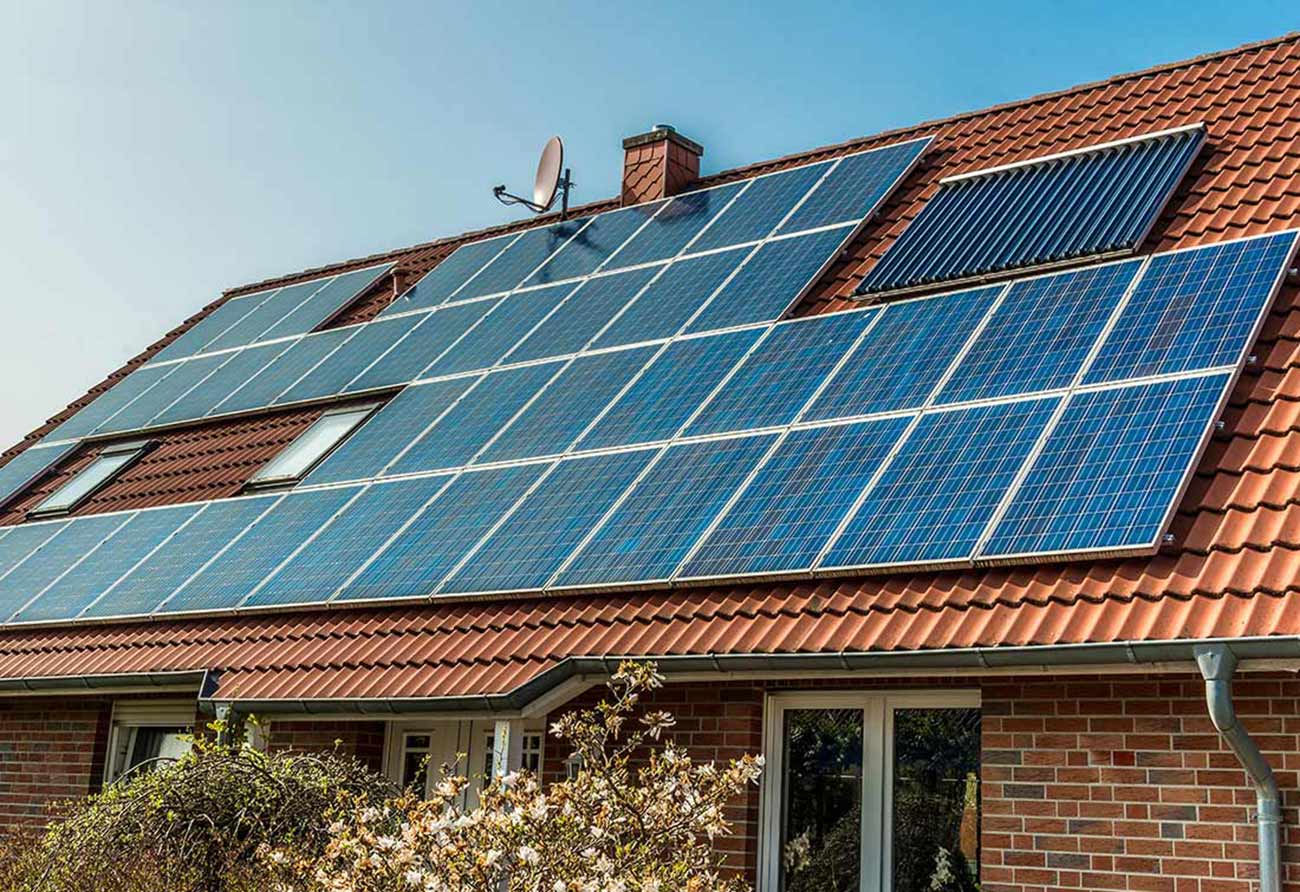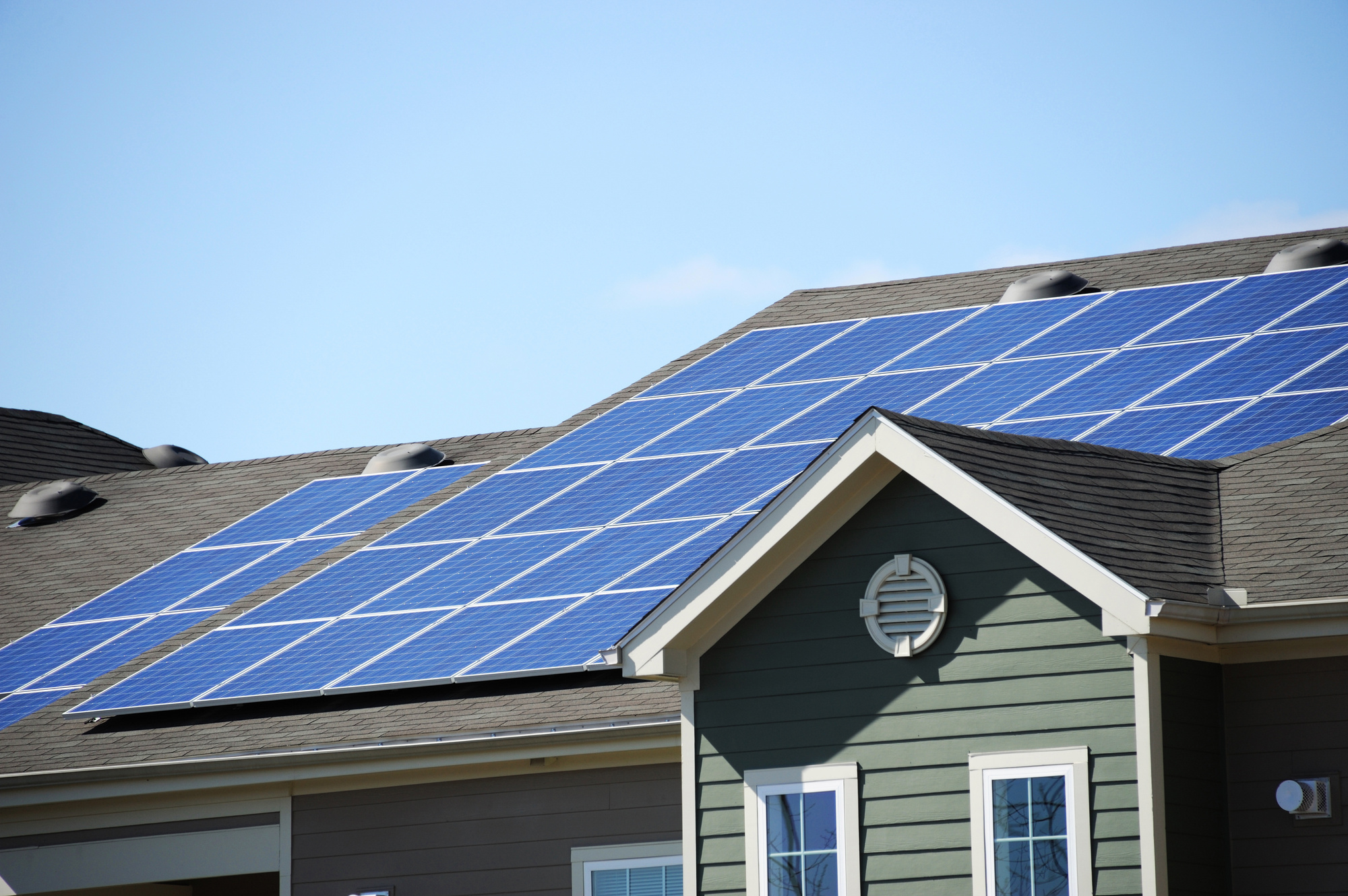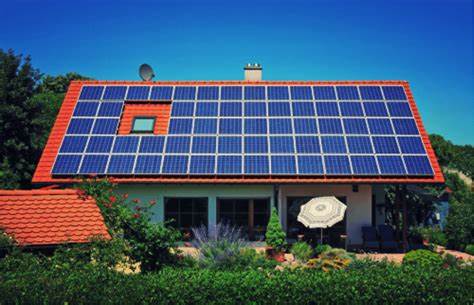
Solar photovoltaic (PV) uses electronic devices, also called solar cells, to convert sunlight directly into electricity. It is one of the fastest-growing renewable energy technologies and is playing an increasingly important role in the global energy transformation. The total installed capacity of solar PV reached 710 GW globally at the end of 2020. About 125 GW of new solar PV capacity was added in 2020, the largest capacity addition of any renewable energy source.
Solar PV is highly modular and ranges in size from small solar home kits and rooftop installations of 3-20 kW capacity, right up to systems with capacity in the hundreds of megawatts. It has democratised electricity production.

The cost of manufacturing solar panels has plummeted dramatically in the past decade, making them not only affordable, but also often the cheapest form of electricity. Solar module prices fell by up to 93% between 2010 and 2020. During the same period, the global weighted-average levelised cost of electricity (LCOE) for utility-scale solar PV projects fell by 85%.

The point of a solar battery is to help you use more of the solar energy you’re creating. If you don't have battery storage, any excess electricity from solar power goes to the grid, which means you're generating power and providing it to other people without taking full advantage of the electricity your panels create first.
You can then use that stored energy to power your home at times when your solar panels don't generate enough electricity, including nights, cloudy days, and during power outages.
Contact: eric
Phone: 86-13422954911
E-mail: bimmer@everange.net
Add: HONGKONG Rooms 1318-19, 13/F, Hollywood Plaza, 610 Nathan Road, Mongkok, Kowloon, Hong Kong.